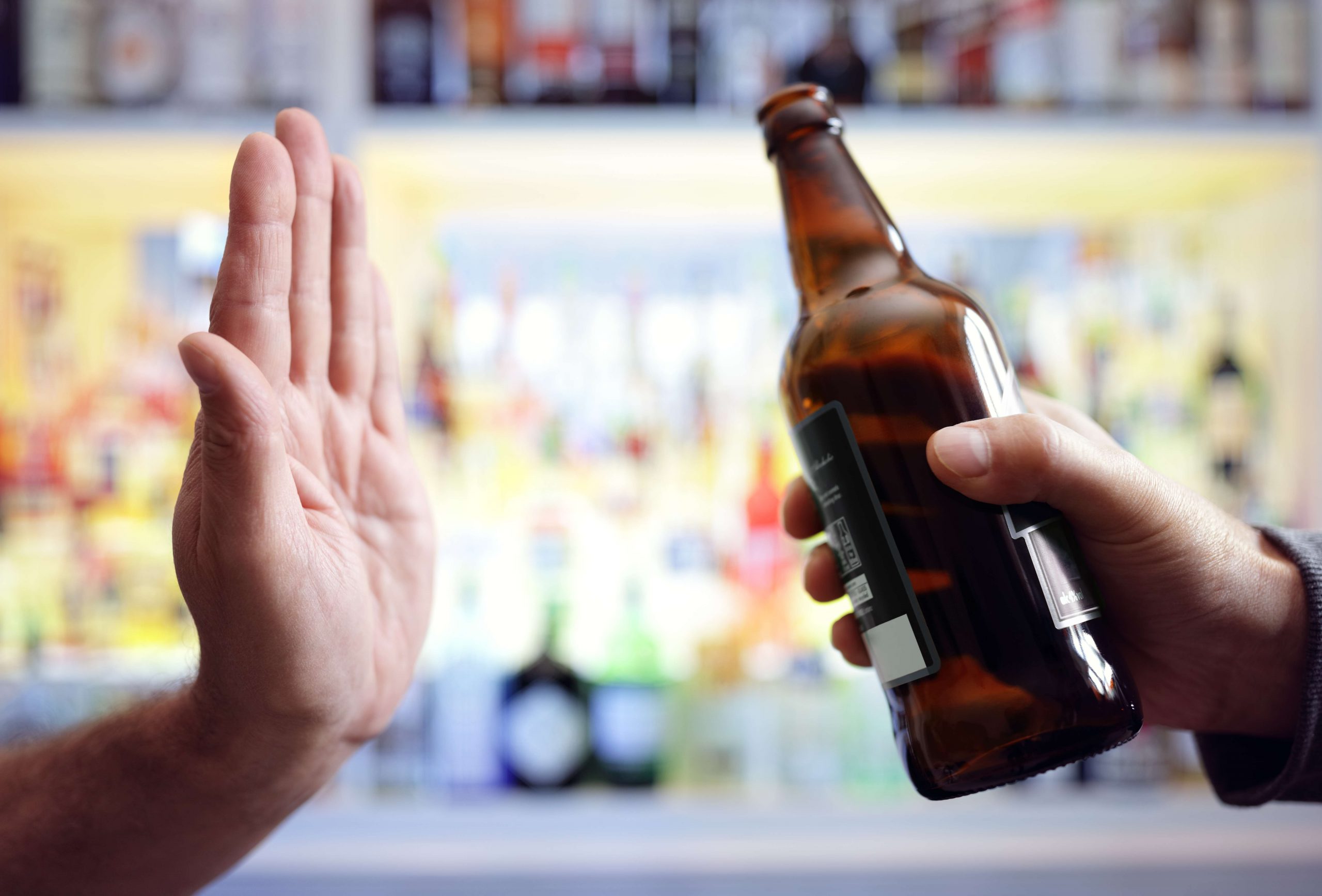Content
Very high doses of benzodiazepines may be required, and there is no maximum dose or specific treatment regimen. May help if benzodiazepines are ineffective, but respiratory depression is a risk with concomitant use. Disposition of the acutely intoxicated patient depends on clinical response, not a specific BAC. Clinicians should not assume that a high BAC in patients with apparently minor trauma accounts for their obtundation, which may be due to intracranial injury or other abnormalities. Such patients should also have toxicology tests to search for evidence of toxicity due to other substances. During delirium tremens, patients are suggestible to many sensory stimuli, particularly to objects seen in dim light. Vestibular disturbances may cause them to believe that the floor is moving, the walls are falling, or the room is rotating.
Translational opportunities in animal and human models to study alcohol use disorder Translational Psychiatry – Nature.com
Translational opportunities in animal and human models to study alcohol use disorder Translational Psychiatry.
Posted: Wed, 29 Sep 2021 07:00:00 GMT [source]
8 grams or 10 ml (0.34 US fl oz) is one British standard unit. An “abnormal” liver with conditions such as hepatitis, cirrhosis, gall bladder disease, and cancer is likely to result in a slower rate of metabolism. Acute intoxication has been documented throughout history, and alcohol remains one of the world’s most widespread recreational drugs.
Related To Substance Abuse And Addiction
There are a number of issues that interfere with the timely diagnosis of alcohol poisoning, and delays can worsen the consequences. The liver, which normally metabolizes and detoxifies alcohol, is damaged by chronic alcohol use.
The doctor will be looking for evidence of chronic alcohol abuse, such as red spots on the skin , an enlarged liver, or yellow eyes or skin . People with liver diseases will metabolize less than one drink per hour. In many chronic alcoholics, the liver becomes ineffective and can no longer metabolize alcohol, or anything else, efficiently. This explains the apparent sobering effect of food, which slows the process of emptying the stomach alcohol toxicity treatment contents, slows the absorption of alcohol, and thus reduces the peak blood alcohol concentration reached. A police officer may ask you to take a breathalyzer test if you are suspected of drunk driving. If you refuse to take a breathalyzer, or think the test wasn’t accurate, you may ask for or be asked to take a blood alcohol test. Alcohol, also known as ethanol, is the main ingredient of alcoholic drinks such as beer, wine, and liquor.
What Is Acute Alcohol Intoxication?
Using alcohol with opioid pain relievers such as oxycodone and morphine or illicit opioids such as heroin is also a very dangerous combination. Like alcohol, these drugs suppress areas in the brain that control vital functions such as breathing. Ingesting alcohol and other drugs together intensifies their individual effects and could produce an overdose with even moderate amounts of alcohol. Acute alcohol poisoning is a medical emergency due to the risk of death from respiratory depression or aspiration of vomit if vomiting occurs while the person is unresponsive. Emergency treatment strives to stabilize and maintain an open airway and sufficient breathing, while waiting for the alcohol to metabolize. This can be done by removal of any vomit or, if the person is unconscious or has impaired gag reflex, intubation of the trachea.
I might be dyslexyic but I always confuse "Baltic states" with the multiple stages of alcohol intoxication
— amin dada Sympathy Budget Collector (@kambrone64) December 7, 2021
When alcohol is consumed with food, absorption generally is complete in 1-3 hours during which time the blood alcohol concentration will peak. If no further alcohol is consumed, sobering up will follow this peak level of blood alcohol concentration. The timing of this test can affect the accuracy of the results. A blood alcohol test is only accurate within 6–12 hours after your last drink. If you have questions or concerns about your results, you may want to talk to a health care provider and/or a lawyer.
As Bac Increases
Alcohol is absorbed into the blood mainly from the small bowel, although some is absorbed from the stomach. Alcohol accumulates in blood because absorption is more rapid than oxidation and elimination.
“New advances in alcoholism treatment.”Alcohol Alert 49 Oct. 2000. Without treatment, youth who drink excessively as teenagers are more likely to become problem drinkers as adults. In contrast to adults, teens tend to abuse alcohol with other substances, usually marijuana. The teenage brain exposed to alcohol is at risk for being smaller in certain parts. Heavy drinking – This type of drinking behavior is defined as consuming eight or more drinks per week for women and 15 or more drinks per week for men.
They were asked to estimate how many alcoholic drinks were contained in the beverage starting from 0 with 0.5 drinks increments. High-resolution structural MRI scans were also obtained from all participants in a separate session. The first stage involves access to alcohol rather than use of alcohol, tobacco, inhalants, or other drugs. In that stage, minimizing the risk factors that make a teenager more vulnerable to using alcohol are an issue.
I might be dyslexyic but I always confuse "Baltic states" with the multiple stages of alcohol intoxication
— amin dada Sympathy Budget Collector (@kambrone64) December 7, 2021
Emergency medical attention is necessary at this point to avoid death and severe health problems. Most people call this stage of intoxication being “tipsy.” A person’s BAC at this stage might range from 0.03 to 0.12 percent. The disease concept chart, on the following page, indicates the progressive nature of the chemical dependency through the early, middle, and late/chronic stages of addiction.
Facts You Should Know About Alcohol Intoxication
In many cases, other substances, such as drugs or medication, were taken in addition to the alcohol. This is important to know because these substances can hide, alter, or even boost some of the signs of alcohol intoxication. People cannot treat severe alcohol intoxication — or alcohol poisoning — at home. If anyone shows signs of severe intoxication, contact emergency services immediately. The symptoms of alcohol intoxication range from mild to severe, depending on how much alcohol a person consumes and how quickly their body metabolizes it.
- The gag reflex may stop working properly, and it may be possible to choke on vomit.
- Alcohol poisoning is a serious — and sometimes deadly — consequence of drinking large amounts of alcohol in a short period of time.
- It may seem like a person has to drink a lot to get to this stage.
- Around 30 people per day die from drunk-driving accidents in the United States.
Alcohol-induced blackouts are also a common part of this stage and may result in large amounts of time lost, such as several hours or even an entire day. During these blackouts, you may not remember where you went, what you did, or who you were with, which could have very harmful physical and mental consequences. The most severe form of alcohol withdrawal is delirium tremens , characterized by altered mental status and severe autonomic hyperactivity that may lead to cardiovascular collapse.
Medterms Medical Dictionary
As your physical, emotional, and mental health continue to worsen, you realize you have a problem but feel like it’s too late for you to get help. The alcohol has completely taken over your life and you’re not sure you could ever come back from it.
Friends and acquaintances may have a tendency to overlook intoxicated victims, believing that the alcohol will wear off. Severely intoxicated people often smell of alcohol and may experience issues like incontinence, which can be indicators that they are more than drunk.
Understand The Risks Of Alcohol Abuse
If you choose to drink, it’s a good idea to drink responsibly and stick to the guidelines for moderating drinking that are mentioned above. If you choose to drink, be aware that drinking less is better for your health. As a comprehensive behavioral health facility, Casa Palmera understands that drug and alcohol addiction and trauma are not only physically exhausting, but also cause a breakdown in mental and spiritual sense.

AUD is a chronic condition in which an uncontrolled pattern of alcohol use leads to significant physical, psychological, and social impairment or distress. Because alcohol has a long absorption time (approx. 40 min), patients with alcohol intoxication may deteriorate over time. In people who have suffered acute alcohol poisoning, the primary event that will lead to their death will be hypoxaemia. Sudden death due to respiratory depression or arrhythmias may occur, especially when large quantities are drunk rapidly. This problem is emerging in US colleges but has been known in other countries where it is more common. Other common effects include hypotension and hypoglycemia. About 5 to 10% of ingested alcohol is excreted unchanged in urine, sweat, and expired air; the remainder is metabolized mainly by the liver, where alcohol dehydrogenase converts ethanol to acetaldehyde.
A person can become dependent on tranquilizers and depressant drugs, which make them feel calmer, more relaxed, and drowsy. A person using cocaine maintains the illusion of being alert and stimulated, although physical reactions are impaired. A person who has extremely high blood pressure and uses cocaine may suffer from a stroke or heart attack. Cocaine taken with psychotropic drugs, especially antidepressants, can be extremely detrimental. THC (Delta-9-tetrahydrocannabinol) is highly fat-soluble and may take up to three months to be fully eliminated from the body by the liver and kidneys.

“Warning signs of teenage drug abuse.” Parenting Adolescents About, Inc. 2007. “Adolescent brain development and drug abuse.” The Mentor Foundation. “General and specific guides to detection of alcohol and drug use and definition of addiction.” 2007. “Adolescent treatment programs reduce drug abuse, produce other improvements.”National Institute on Drug Abuse Research Findings 17.1 Apr. 2002. “The effects of online marketing on drinking behaviors in young people.” Sept. 2013. Each year, almost 2,000 people under the age of 21 die in car crashes in which underage drinking is involved. Alcohol is involved in nearly half of all violent deaths involving youth.

Acetate is used by the muscle cells to produce acetyl-CoA using the enzyme acetyl-CoA synthetase, and the acetyl-CoA is then used in the Sober living houses citric acid cycle. Behavioral therapy and mutual support groups such as Alcoholics Anonymous can offer long-term addiction support.